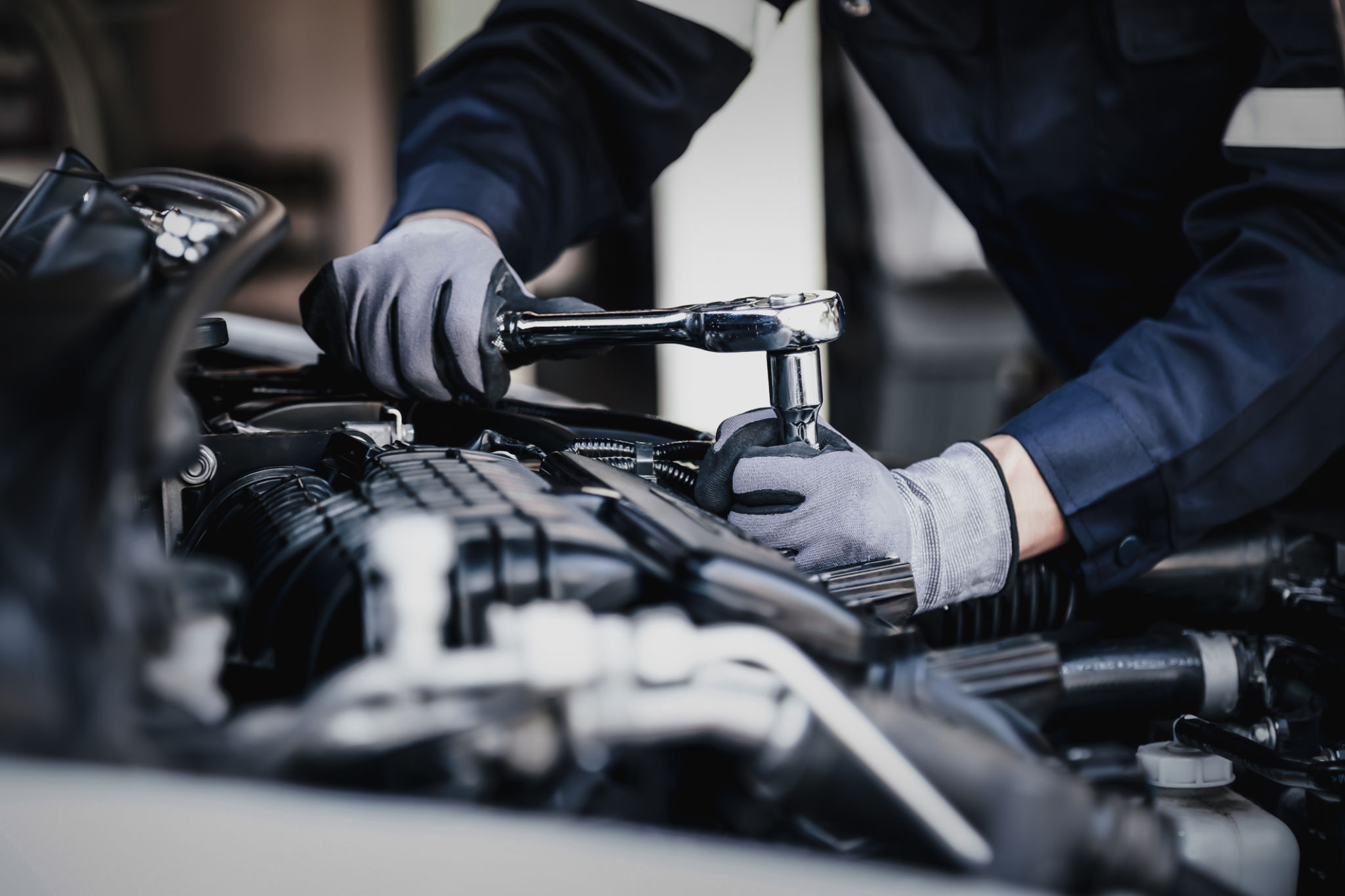Expert Insights: Maintaining Off-Road Medical Vehicles for Optimal Performance
Understanding the Importance of Off-Road Medical Vehicles
Off-road medical vehicles are crucial for providing emergency medical services in challenging terrains. These specialized vehicles ensure timely medical intervention in areas where traditional ambulances might struggle to reach. To maintain their optimal performance, regular maintenance and inspection are imperative. This ensures they remain reliable and ready for action at a moment’s notice.
The environment these vehicles operate in can be harsh, with unpredictable weather and rugged landscapes. Therefore, keeping them in top condition is not merely a suggestion but a necessity. From maintaining engine health to ensuring the integrity of the medical equipment on board, every aspect requires meticulous attention.

Regular Maintenance Checks
Consistent maintenance checks are essential for the longevity and reliability of off-road medical vehicles. These checks should cover a broad spectrum of components, including the engine, suspension, brakes, and tires. Given the demanding environments these vehicles face, wear and tear can occur more rapidly than in standard vehicles.
Implementing a routine schedule for these checks can prevent unexpected breakdowns. It's advisable to have a comprehensive checklist that covers all critical areas. This proactive approach not only extends the life of the vehicle but also ensures that it can perform optimally during emergencies.
Engine and Mechanical Inspections
The engine is the heart of any vehicle, and for off-road medical units, it’s vital to keep it in peak condition. Regular oil changes, air filter replacements, and coolant checks are just a few of the measures that should be taken. Additionally, inspecting for leaks or unusual noises can help catch potential issues early.

Ensuring Safe and Functional Medical Equipment
Apart from the mechanical aspects, the medical equipment within these vehicles must also receive regular attention. Equipment like defibrillators, monitors, and oxygen tanks must be routinely tested for functionality and safety. Any device malfunction could have dire consequences during a medical emergency.
Maintaining an inventory checklist can aid in this process. It’s important to ensure that all equipment is up-to-date with its servicing schedules and that replacements or repairs are conducted as necessary. This ensures that when the need arises, the medical staff can rely on their tools without hesitation.

Training and Preparedness
While vehicle maintenance is crucial, equally important is the preparedness of the medical personnel operating them. Regular training sessions should be conducted to familiarize them with both the vehicle's operations and the equipment onboard. This knowledge can significantly enhance the speed and efficiency of their response during emergencies.
Moreover, drills and simulations can help personnel practice handling different scenarios they may encounter in off-road environments. This not only boosts their confidence but also ensures seamless coordination during actual emergencies.
Adapting to Environmental Challenges
The unpredictable nature of off-road conditions requires adaptability. Personnel should be trained to handle situations such as navigating through muddy terrains, dealing with extreme weather conditions, or responding to emergencies in remote areas. This adaptability ensures that they remain composed and effective, regardless of the challenges encountered.

Conclusion
Maintaining off-road medical vehicles for optimal performance is a multifaceted endeavor that encompasses regular mechanical checks, ensuring the functionality of medical equipment, and continuous training for personnel. By adhering to these practices, emergency services can remain efficient and effective, providing critical care to those in hard-to-reach areas when it matters most.
In conclusion, the dedication to maintaining these specialized vehicles not only extends their lifespan but also enhances their reliability in delivering life-saving services. The investment in routine maintenance and training is a small price to pay for the invaluable benefit of saving lives.
